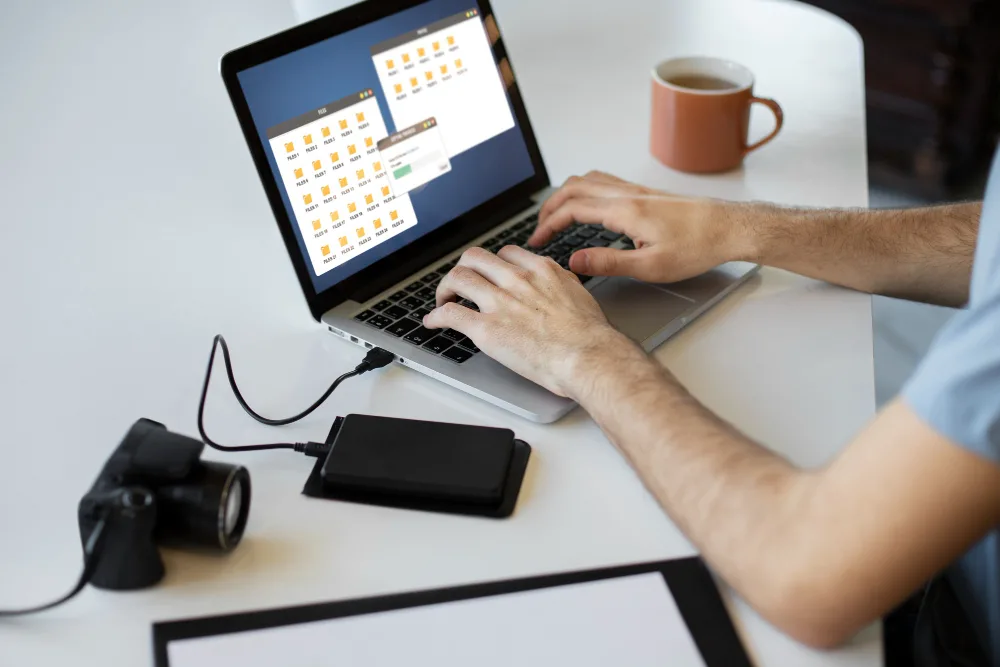Securing Your WordPress Admin: Implementing Robust Access Controls
WordPress, the world’s most popular content management system, empowers users with a robust administration panel. However, this very power can become a vulnerability if not properly secured. Implementing strong access controls for your WordPress admin area is crucial to safeguarding your website from unauthorized access and malicious activities.
1. User Roles and Permissions: The Foundation of Control
The cornerstone of WordPress security lies in its user role system. By default, WordPress offers five roles: Administrator, Editor, Author, Contributor, and Subscriber. Each role is granted specific permissions, defining their access level to various functionalities.
- Administrator: Has complete control over all aspects of the website.
- Editor: Can edit and publish posts, manage categories, and access settings.
- Author: Can write and publish their own posts but cannot manage others.
- Contributor: Can write posts but needs them approved before publication.
- Subscriber: Can only view content and log in to the site.
To further enhance security, consider using plugins like User Role Editor or Members to create custom roles with specific permissions tailored to your website’s needs. This allows you to grant granular access control, limiting user privileges to only what they need.
2. Password Strength and Security Practices
Strong passwords are the first line of defense against unauthorized access. Encourage users to create complex passwords with a combination of uppercase and lowercase letters, numbers, and symbols. Implement a strong password policy requiring frequent password changes and enforcing password complexity rules.
Beyond passwords, enforce secure login practices:
- Two-factor authentication (2FA): This adds an extra layer of security by requiring users to provide a second verification code after entering their password.
- Limit login attempts: Implement measures to prevent brute force attacks by limiting the number of login attempts.
- Disable user accounts: Regularly review inactive accounts and disable those that are no longer needed.
3. Plugin and Theme Security: A Vital Component
WordPress plugins and themes, while adding functionality, can also pose security risks if not carefully chosen and maintained.
- Use reputable sources: Download plugins and themes from trusted repositories like the official WordPress plugin directory.
- Keep everything updated: Regularly update both plugins and themes to patch vulnerabilities.
- Limit plugin usage: Only install plugins that are essential for your website’s functionality.
- Utilize security plugins: Plugins like Wordfence and iThemes Security can offer advanced security features, including malware scanning, firewall protection, and intrusion detection.
Conclusion
Securing your WordPress admin area requires a layered approach. Implementing strong user roles, enforcing robust password policies, and ensuring plugin and theme security are essential for safeguarding your website from unauthorized access and malicious attacks. By prioritizing security measures, you can protect your valuable content and ensure your website remains a safe and reliable platform. Remember, proactive security practices are crucial for a healthy and thriving online presence.
